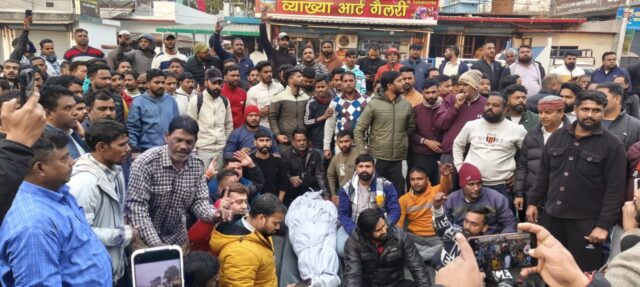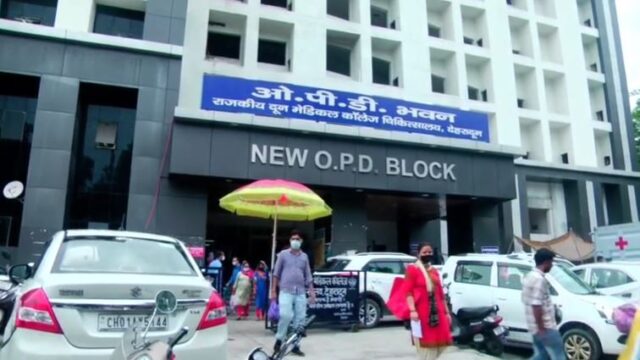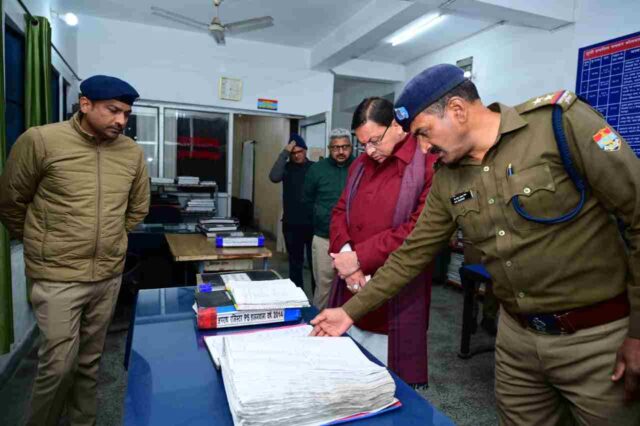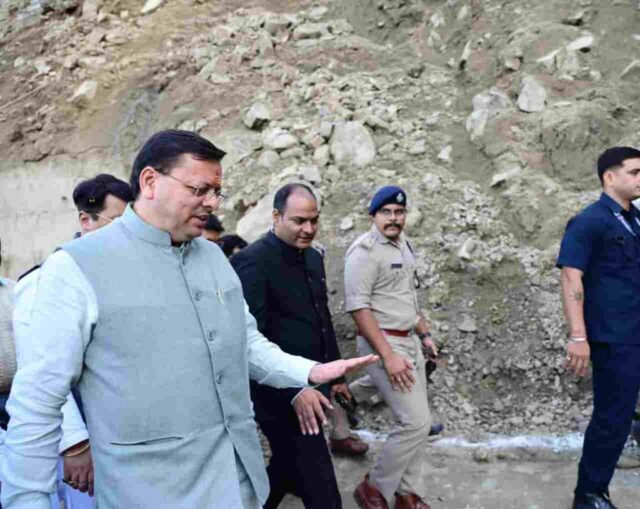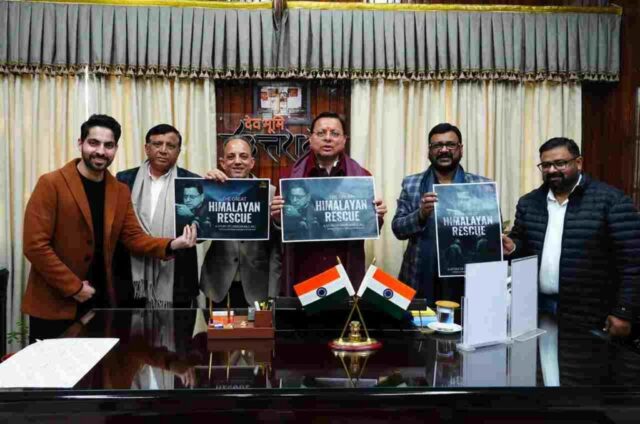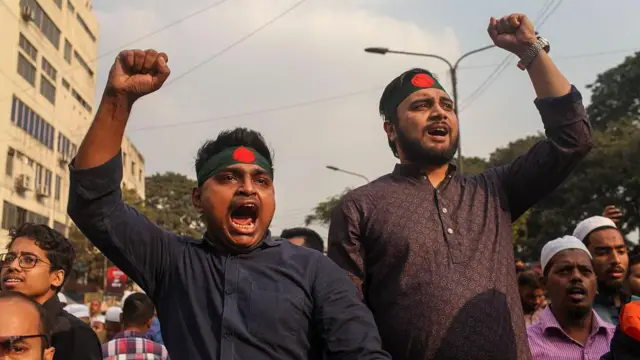CORONA FACTS and MYTH BUSTER: Home Management Guidelines

Dr K K Aggarwal, President CMAAO
1.Should doctors have the right to know their Covid status? When should they get themselves tested? Is there a policy in CMAAO countries in this regard?
India: There are four epicenters including Mumbai, Delhi. Doctors are not allowed to be tested, even if exposed to Covid positive patients, unless they are symptomatic. In Kerala, work for one week and then one week quarantine.
Bangladesh: Earlier, 14 days quarantine (with 6 days at home) after 10 days of duty. Now, 7 days of duty followed by 7 days quarantine (in hotel); during this time, if they test negative or Covid, then they are allowed to go home and can resume work after 7 days.
Malaysia: In the public sector, those who are directly involved in testing are tested; the occupational health dept. stringently monitors all those who do not have PPE and are directly involved in sampling and also treating patients. As a result, Covid hospitals have no cases o infection among healthcare workers (HCW). Clinics have to adhere to all SOPs issued by the govt. to prevent spread of infection.
25000 tests per day are being done; focused group testing. New cases are coming down; more cases in detention centers (illegal immigrants). Social distancing is being observed even by Malaysians. More than one million people use the App launched by the Govt. last month. Disease Prevention Act 1998 is being used to enforce screening. More businesses have opened up; companies have been strictly ordered to shut down for 2 weeks if they find a cluster of cases; if no RT PCR screening, then construction industry cannot open
Pakistan: 7 days of duty followed by 14 days quarantine; if they develop symptoms, then they are tested. If no symptoms, then they come back to work. After quarantine, if somebody wants to go home, they are allowed to do so for 5-7 days, with duty covered by another doctor for this duration.
Australia: Everyone who comes in contact with a positive patient even if asymptomatic or those working in hospitals are tested
Singapore: Criteria driven policy in this regard; doctors can get tested if they have been exposed to a patient and feel the need to be tested. If they have symptoms like fever, they will be tested. All doctors should be tested as healthcare resources should be protected.
Hong Kong: A new cluster of 4 confirmed cases in one day has been found in a resurgence of infection as there had been no cases for almost a month. There is apprehension of a second wave. Utensils for eating may be carriers. Exhaust fans may be the portal of infection. More testing is needed; currently it is 2000/day, which is far from adequate. Doctors are urged to get tested if they think they have symptoms. But, the fear of stigmatization is why many are reluctant to get tested. But, they use level 3 face masks and PPE even in cases of flu, allergies. Doctors in ICU or infectious diseases use N95 masks. So far, no infection among medical personnel in hospital or clinic setting has been reported.
2.What is that parameter or trigger, which is indicative of “point of no return” in Covid-19 patients? What has been the experience of CMAAO countries?
Hypothesis: The triggering factor in Covid-19 patients is silent hypoxia. So, do not neglect patients after fever resolves. Monitor SpO2 levels regularly.
If oxygen saturation falls, when walking/talking, this is the earliest sign of oxygen fall.
If level falls to ≤90, oxygen therapy will prevent or reduce mortality. Till a hospital bed is available, use an oxygen concentrator and monitor oxygen. Give one shot of LMWH.
Bangladesh: High flow nasal cannula is used to avoid ventilator, which are a scarce resource in the country
Singapore: Portable pulse oximeters have been issued to migrant workers in dormitories with directive to monitor oxygen twice daily; if oxygen falls below 93%, then shift to hospital
Hong Kong: No cases of deaths due to hypoxia; people in quarantine have been given pulse oximeters to monitor oxygen.
Pakistan: There are cases of hypoxia, which need oxygen therapy. There are isolation centers, where cases are managed only symptomatically and oxygen therapy, if needed. No ICU/ high-dependency unit (HDU) at these centers.
Nepal: 98% positive cases are asymptomatic and have been discharged without any intervention; few have symptoms like malaise, fever, dry cough; only symptomatic treatment. No experience with hypoxia, but will now impose in govt. guidelines
Japan: Very few reported cases of hypoxia. Asymptomatic and mildly ill patients are monitoring oxygen with oximeter thrice or four times daily. If oxygen is low, then ICU care.
3.Hydroxychloroquine+Azithromycin
Lancet has withdrawn its article on hydroxychloroquine, which said that HCQ had no benefit and was associated with increased risk of death.
Japan has treated 30 patients with hydroxychloroquine + azithromycin and the results have been very good.
This combination is used routinely in India. Some may use doxycycline instead of azithromycin. Doctors are taking HCQ as prophylaxis against coronavirus. The govt. has recommended the prophylactic use of HCQ.
4.Vaccines
mRNA and Adenovirus (Oxford) vaccines are doing well in phase I human trials.
5.Proposed strike in Hong Kong
Young doctors in Hong Kong are planning a strike against the new law. But this is a difficult time for all; hence, a strike at this time is the not the best thing to do.

